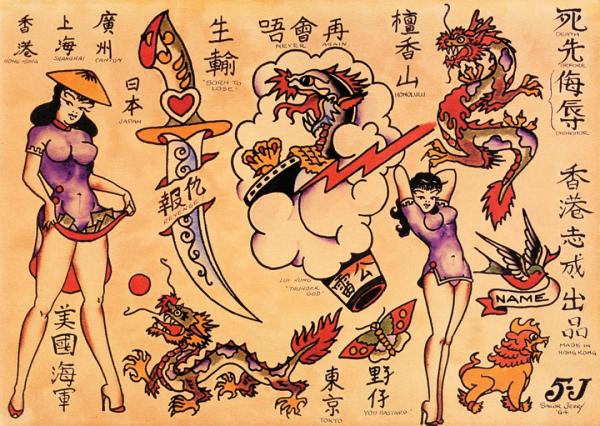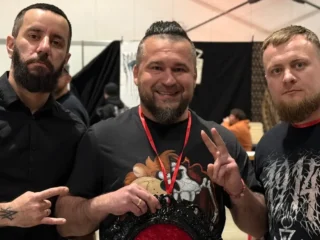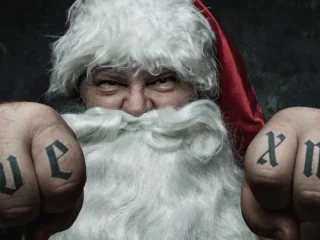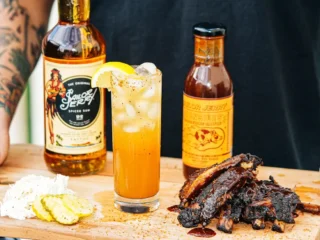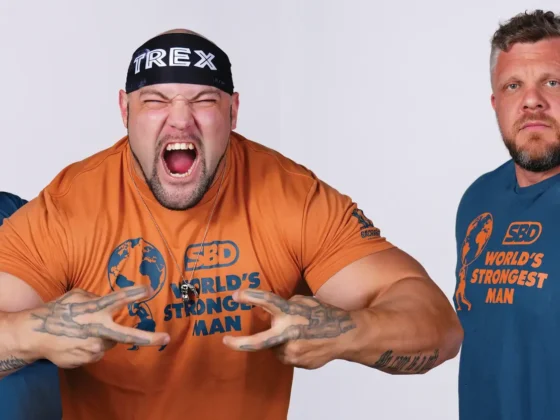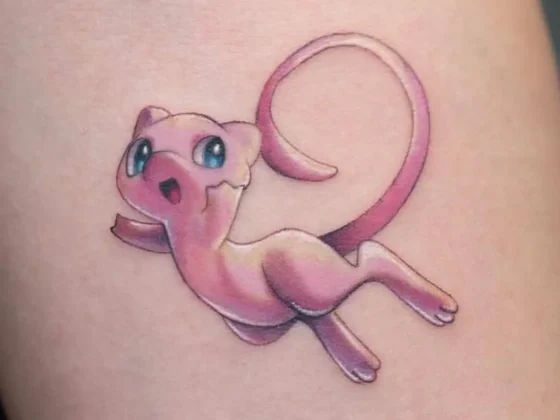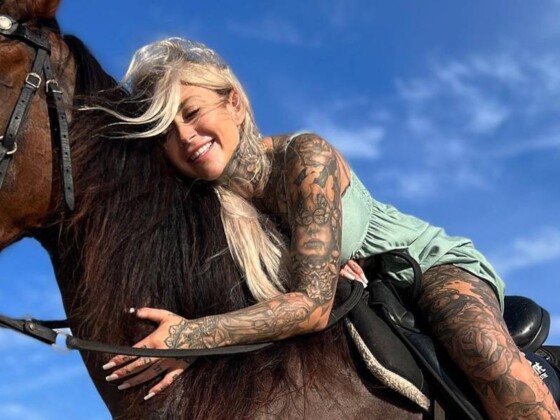Jessinta Smith
April 15th, 2023
100 Year History of Tattoos
1920 to 2020
2020 marks the dawn of a new decade, and gives us the chance to look back on the history of tattoos in the past 100 years. We’ve gone from tattooing social security numbers to tattooing tiny baby Yodas drinking White Claws, and who knows where else we’ll be going in the next 100 years. So let us reflect on how far we’ve come in terms of inking our skin.

1920- Few people in the 1920’s had tattoos other than sailors and criminals, but women were getting cosmetic tattoos on the down low. Since tattoos were deeply associated with criminal activity, women didn’t want people to know that their cosmetics were permanently affixed to their face. But due to the high price of makeup at the time, tattooing was a more cost effective way to have a daily makeup wear.

1930- The 1930’s introduced the social security number, which introduced the tattooing of the social security number. People didn’t want to lose their social security cards, but remembering the number was difficult—so people got their social security number inked.

1940- The 1940’s were the mark of Sailor Jerry and war time ink. The tattoos on service men marked accomplishments and sometimes even survival, and men were gone for long stretches of time and often wanted something to remind them of home. Pinup girls became popular during this time, and were even found on the noses of planes as a way to keep the moral of soldiers up. This is also why women were encouraged to wear red lipstick during WWII.

1950- Tattoos were considered dirty and bad, and were completely loved by the bad boys of the time. I mean, think Grease—bad boys who race cars and have motorcycles were the “it” boys of the time. But older generations held on to their strong beliefs that tattoos were trouble, and tattooed people shifted from being seen as freak shows to straight up criminals.
1960- A sudden hepatitis outbreak caused most people to stop getting tattoos, and not much changed in way of image from the 1950’s. People still saw tattoos as a sign of degenerates, so they stayed as something done by fray groups. Some feminists did opt to get the word “freedom” tattooed on themselves though.

1970- Flower power and freedom meant that people could get tattoos without quite so much judgement, and women especially took advantage of this. More delicate tattoos like those on Janis Joplin (pictured above) began appearing on people, and the hippie movement changed tattooing from the traditional Sailor Jerry style to a more delicate style similar to what we have today.
1980- The punk scene meant that tattoos were in, and thick, bold ink was the style. This era was marked by MTV taking over, and loud, colorful tattoos were the way to get recognized.

1990- Women really entered the tattoo scene in the 90’s, and tattoos became more delicate and feminine. Riot girls were popular, and feminism was on the rise—and women used tattoos as a way to pronounce their freedom and equality.

2000- Tramp stamps were the staple of the early 2000’s, and every girl wanted one. Nothing was considered sexier than a tramp stamp peaking over some low rise jeans.
Now- Micro tattoos and fine line ink are more popular and accessible than ever before. Smaller needles and better machines make it easier for artists to achieve tiny lines that couldn’t have even been imagined in the early days of tattooing. Tattoos are also more socially acceptable, making them more popular with both men and women.
Which tattoo trend do you hope to see in the new year?
Editor's Picks
Diagnosis Hope—Meet The Paramedical Tattoo Artist Changing Lives
When illness or disaster changes your body, can tattoos be the answer?
‘Stupid Love,’ Great Tattoos—Gaga Releases New Single
Gaga’s “Stupid Love” brings out your inner star

